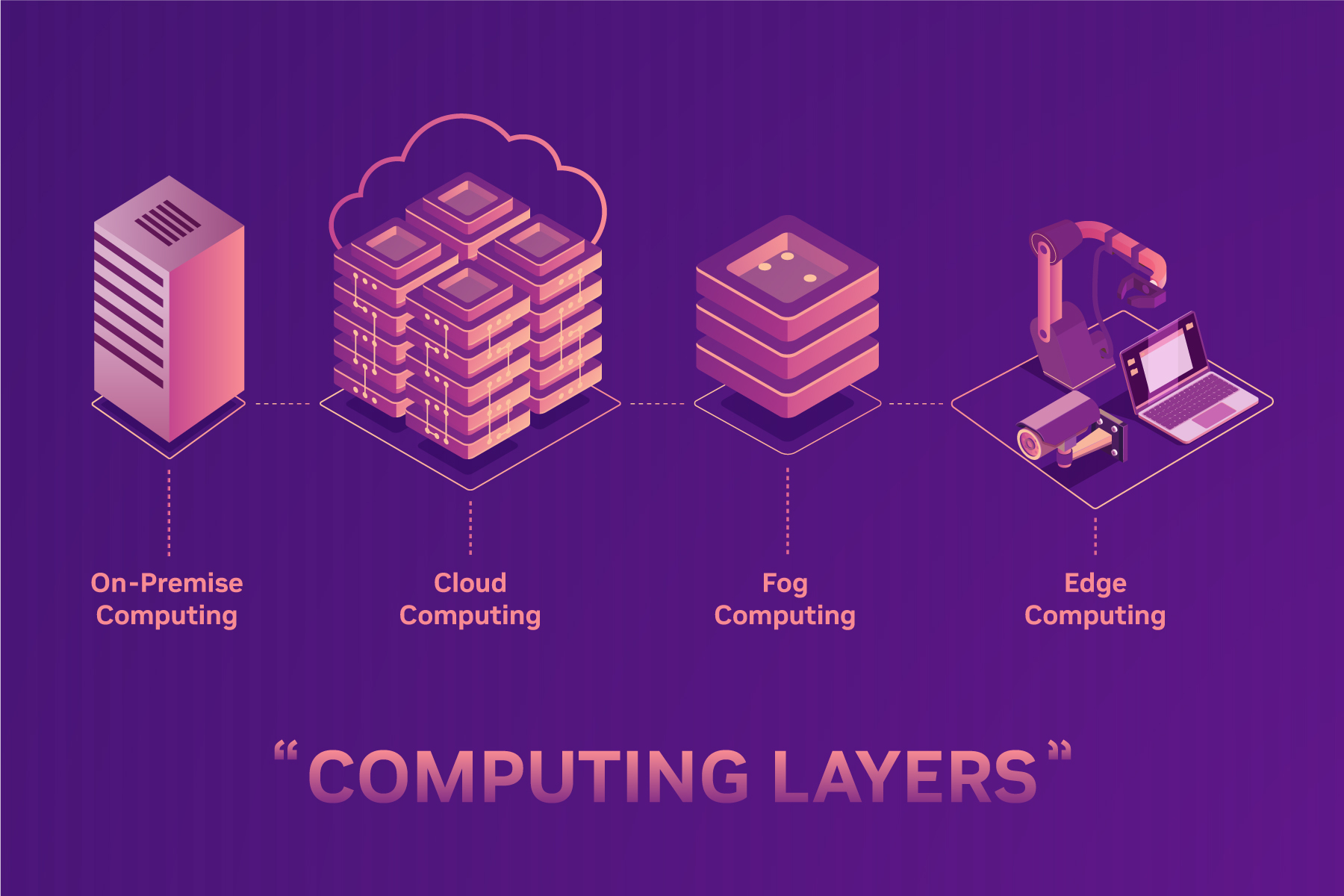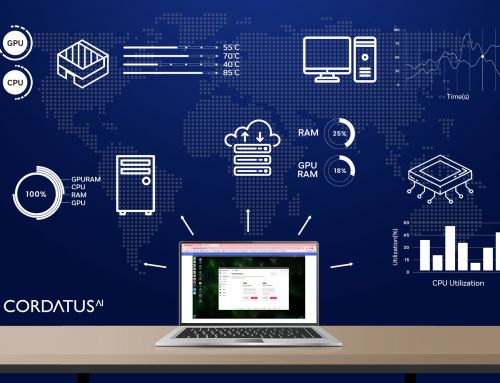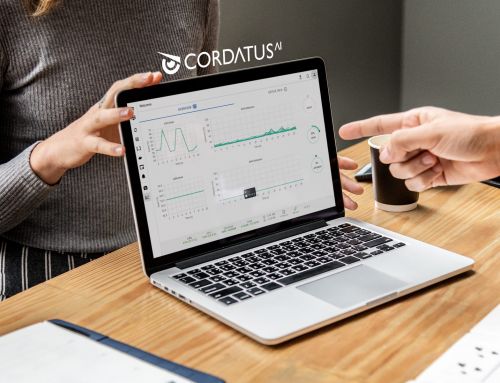Edge Computing, Fog Computing, Cloud Computing and On Premise Computing: What are the differences?
In today’s digital age, it’s crucial to have efficient and scalable ways to handle and store data due to the huge amount generated by devices connected to the internet. According to marketsandmarkets.com, the market size for edge computing is expected to grow significantly from 2023 to 2028. This article aims to thoroughly analyze four main computing approaches: cloud, on-premises, fog, and edge computing. It explores how each method manages data and serves different needs in various industries. Through a detailed examination, this piece explains the definitions, key features, applications, and both advantages and limitations of these computing models.
On-Premises Computing
On-premises computing refers to hosting the computing infrastructure within the physical premises of the organization itself. This approach gives businesses complete control over their data and systems, making it ideal for those with strict security requirements or regulatory compliance needs. The main advantages of this model are enhanced security and full control over IT operations. However, it requires significant prior investments in hardware and software, ongoing maintenance costs, and in-house technical expertise. As a result, it may be less flexible and more expensive in the long run compared to cloud-based alternatives.
Cloud Computing
Cloud computing represents a significant shift in how computing resources are accessed and utilized. It enables organizations to access a shared, flexible pool of configurable computing assets over the internet, providing scalability, agility, and cost-effectiveness. This model operates on a pay-as-you-go basis, reducing the need for significant upfront investment in IT resources. Cloud computing is versatile, supporting a wide range of functions including big data analytics, web-based services, and disaster recovery. While it can reduce IT overheads and improve operational efficiency, there are potential concerns related to latency and data security, especially in multi-tenant environments.

Fog Computing
Fog computing extends the concepts of cloud computing to the edge of the network, creating a decentralized computing environment. This framework acts as a bridge between cloud data centers and end devices, enabling efficient data analytics and processing across a wide range of devices. It is particularly suitable for applications requiring real-time data processing across various locations, such as smart grids and health monitoring systems. While fog computing enhances efficiency and reduces latency, it requires careful management of an expanded network of nodes.
Edge Computing
Edge computing addresses the latency challenges inherent in cloud computing by processing data near its source—the network’s “edge.” This approach is ideal for real-time applications, Internet of Things (IoT) devices, and situations requiring rapid data processing. For instance, in a smart manufacturing plant, sensors in production machinery collect real-time performance data. Edge computing analyzes this data locally, detecting anomalies or maintenance needs immediately, reducing latency and enabling swift responses. Decentralizing data processing in edge computing reduces latency, conserves bandwidth, and enhances data security. However, it also introduces complexities in managing distributed computing resources and requires robust security measures.
Comparative Analysis
The key differences among these computing paradigms are evident in their data processing locations, latency effects, scalability, control and security measures, and cost-effectiveness. Cloud computing stands out for its scalability and cost-efficiency, although it may face increased latency. On-premises computing offers high control and security but at a higher cost and complexity. Edge computing reduces latency and bandwidth usage but brings management and security challenges. Fog computing provides a balanced approach with reduced latency and improved efficiency but requires intricate deployment and management processes.
Conclusion
The examination of cloud, edge, on-premises, and fog computing reveals a diverse array of computing methods, each offering unique benefits and tailored for specific uses. Decisions on which model to adopt should consider factors like application needs, security requirements, scalability, and cost-efficiency. As the digital environment evolves, a blend of these approaches, capitalizing on their individual strengths, is likely to grow in popularity. This versatile approach will enable organizations to maximize the potential of modern computing technologies.
In conclusion, the flexibility and effectiveness of edge computing, combined with its seamless integration with platforms like Cordatus, provide businesses with unmatched opportunities for improved data processing, instant insights, and enhanced operational efficiency across all computing layers. Cordatus offers an innovative solution that effortlessly leverages edge computing, delivering real-time data insights and efficiency enhancements across cloud, edge, on-premises, and fog computing environments. Additionally, Cordatus is easy to access and cost-effective, making it an ideal choice for businesses seeking to adopt advanced computing technologies without exceeding their budget. By signing up and engaging with Cordatus, you can quickly access these benefits. Take a step into the dynamic world of AI and discover what Cordatus can offer by visiting their website.





